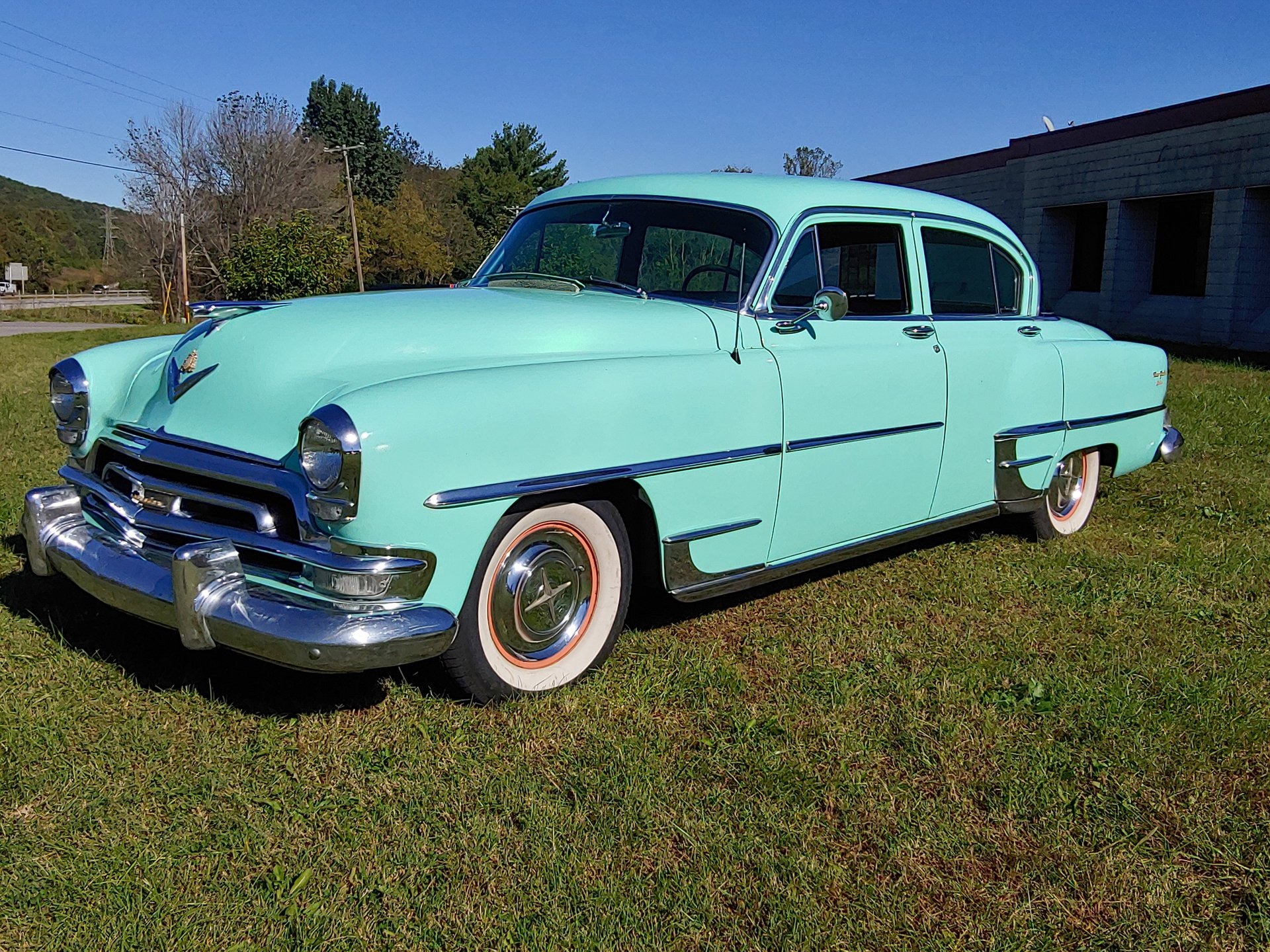The 1973 Plymouth Barracuda is a true icon of the muscle car era, and this particular model takes it to a whole new level. With a powerful Viper V10 engine, custom modifications, and a modern touch, this ’73 Barracuda stands out from the crowd. In this article, we’ll explore the unique features and performance capabilities of this stunning machine.
Striking Exterior and Custom Interior
The exterior of the 1973 Plymouth Barracuda commands attention with its vibrant In-Violet color and eye-catching white graphics. The team behind this build aimed to create something truly unique, and they succeeded in combining modern design elements with classic touches. The interior features a stunning white upholstery, complemented by the classic center console and dashboard. This seamless fusion of old and new creates a visually captivating cabin that enhances the overall driving experience.
Monstrous Viper V10 Engine
Under the hood of this ’73 Barracuda lies a beastly Viper SRT10 506 cubic-inch Gen-III V10 engine. This engine, known for its power and performance, delivers an astounding 800 horsepower and 560 lb-ft of torque. The V10 engine provides exhilarating acceleration and a spine-tingling exhaust note that will turn heads wherever you go. With this level of power, the Barracuda is ready to conquer both the streets and the track.
Eye-Catching Wheels and Brakes
Completing the performance package of the 1973 Plymouth Barracuda are the 17-inch ION 625 wheels, which add a touch of modernity to the classic design. These wheels not only enhance the aesthetics but also contribute to improved traction and grip. To ensure optimal stopping power, the Barracuda is equipped with Wilwood disc brakes, providing reliable and responsive braking performance.
Conclusion
The 1973 Plymouth Barracuda powered by a Viper V10 engine is a remarkable fusion of classic design and modern performance. With its striking appearance, powerful engine, and enhanced handling capabilities, this ’73 Barracuda delivers an exhilarating driving experience. Whether you’re a collector, a Mopar enthusiast, or simply someone who appreciates the beauty of a well-built muscle car, this modified Barracuda is sure to leave a lasting impression.
Frequently Asked Questions
1. Is the 1973 Plymouth Barracuda powered by the Viper V10 engine street legal?
Yes, the Barracuda is street legal. However, it is essential to comply with local regulations and ensure that the vehicle meets all necessary requirements for road use.
2. How many horsepower does the Viper V10 engine produce?
The Viper V10 engine in this Barracuda generates an impressive 800 horsepower, delivering exceptional performance on both the street and the track.
3. What is the significance of the Barracuda in the history of muscle cars?
The Barracuda holds a significant place in muscle car history as one of Plymouth’s most iconic models. It represents the golden era of American muscle cars and continues to be highly sought after by enthusiasts and collectors.
4. Are there any other modifications made to the Barracuda besides the engine?
Yes, besides the Viper V10 engine, this Barracuda features custom suspension, upgraded wheels, and Wilwood disc brakes. These modifications enhance the car’s overall performance and handling capabilities.
5. Can the 1973 Barracuda be used for everyday driving?
While the Barracuda is primarily designed for high-performance driving, it can be used for everyday driving if desired. However, it’s important to keep in mind that the powerful engine and performance-focused setup may result in reduced fuel efficiency and a stiffer ride compared to modern-day vehicles.




















































